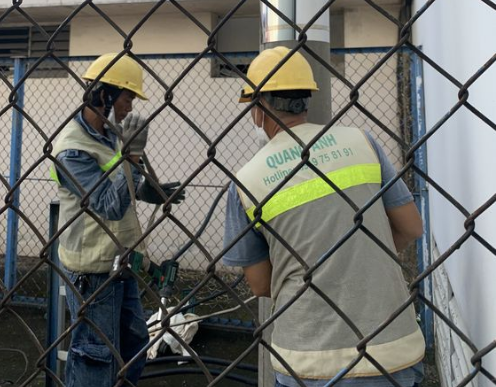Solid Conduction Physics
2023-12-19
2023-12-19
Electrical insulation means there is no conduction of electricity. Electronic band theory (a branch of physics) explains that charge flows when the quantum state of matter reaches a state where electrons can be excited. If a potential difference is applied across a material, this causes electrons to gain energy and thus move through a conductor, such as a metal. If there is no such state, the material is an insulator.
Most insulators have large band gaps. This happens because the "valence" band containing the highest energy electrons is full, and a large energy gap separates this band from the next band above it. There is always some voltage (called the breakdown voltage) that provides enough energy for electrons to be excited into this band. Once this voltage is exceeded, electrical breakdown occurs and the material is no longer an insulator and therefore can no longer transfer charge. This is often accompanied by physical or chemical changes that permanently degrade the material and its insulating properties.

When the electric field applied to an insulating substance exceeds the threshold breakdown field of the substance at any location, the insulator suddenly becomes a conductor, causing a large increase in current flow and thus an arc across the substance. It occurs when the electric field in a material is strong enough to accelerate the free charge carriers (electrons and ions, which are always present in low concentrations) to a velocity high enough to knock electrons off atoms as they strike them, thereby ionizing the atoms. Electrical breakdown can occur. These released electrons and ions are in turn accelerated and strike other atoms, creating more charge carriers in a chain reaction. The insulator quickly fills up with mobile charge carriers and its resistance drops to a lower level. In solids, the breakdown voltage is proportional to the band gap energy. When a corona discharge occurs, the air in the area around a high-voltage conductor breaks down and ionizes it without a catastrophic increase in current. However, if the air breakdown area extends to another conductor of a different voltage, a conductive path is formed between them and a large current flows through the air, creating an arc. Even a vacuum can suffer some kind of breakdown, but in this case, the breakdown or vacuum arc involves charges ejected from the surface of the metal electrode rather than charges generated by the vacuum itself.




